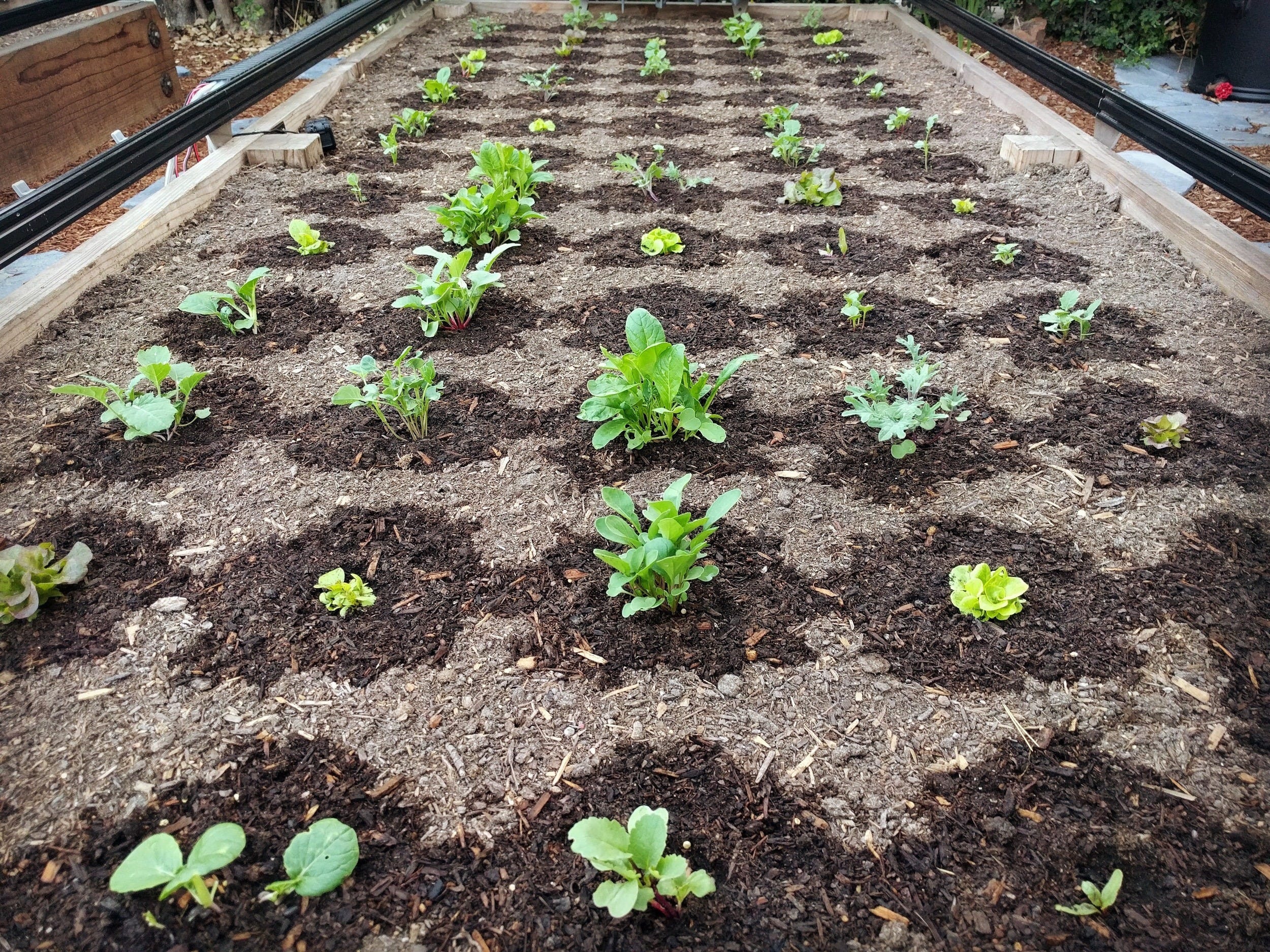- Farmbot is an open-source, 3D printed robotic farm machine.
- Users plan out a farm digitally, almost like a video game.
- It can be used for small-scale home gardens, education, or larger projects.
- Visit Business Insider’s homepage for more stories.
FarmBot is a way for people to grow vegetables in almost any backyard, but it’s also like a video game. After introducing it’s two largest kits ever, FarmBot says it has been used by thousands of children, families, and scientists.
The idea is a high-tech garden or small farm that can monitor just about every aspect of plants while controlling them like a game. A 3D printed robot arm plants vegetables, waters them, monitors soil conditions, and captures images. Meanwhile, the farmer can control all the tools from a web app with a virtual garden that functions a bit like if the farm simulator video game “Stardew Valley” had a real-life companion.
All FarmBot products are also completely open source, with explicit encouragement for buyers to 3D print their own pieces or make any other modifications they can think of.
Here’s how it works.
Farmbot comes in several different sizes and use cases.
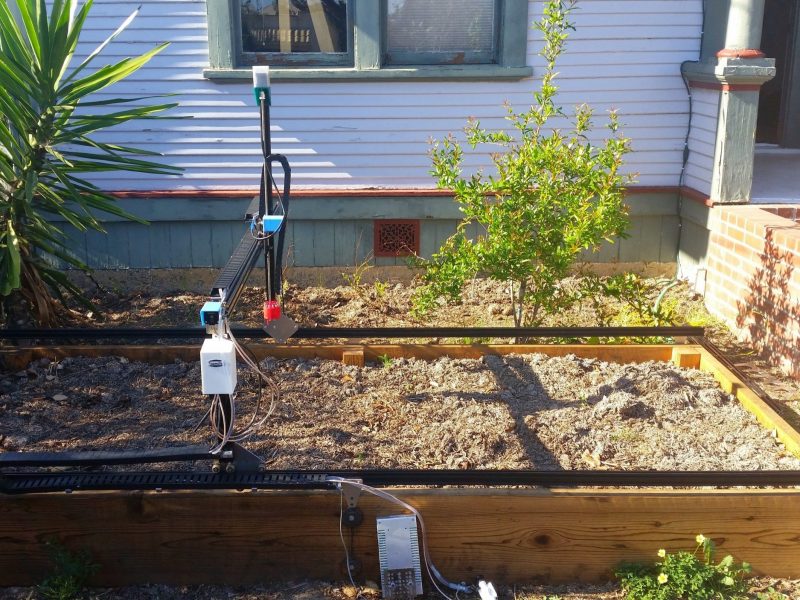
There are two different lines, the Farmbot Express and Farmbot Genesis, each with three size options.
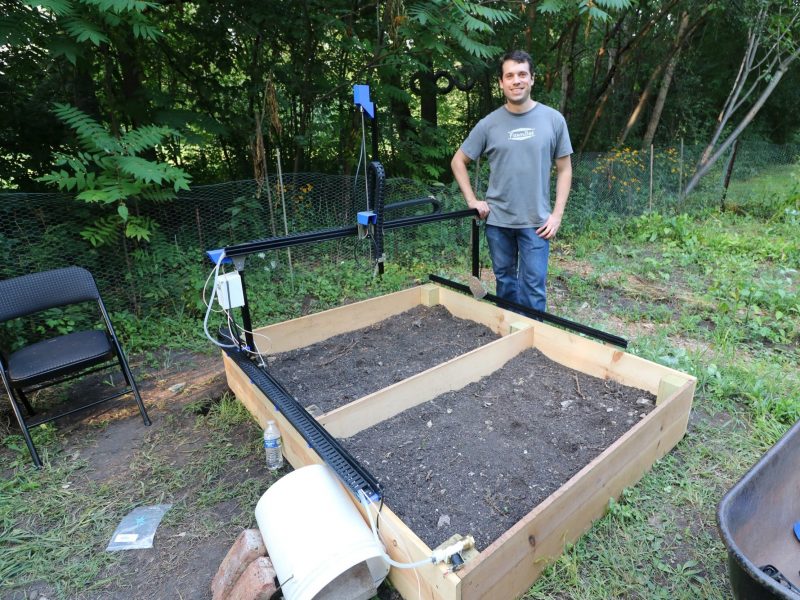
The bot arm itself and attachments are 3D printed.
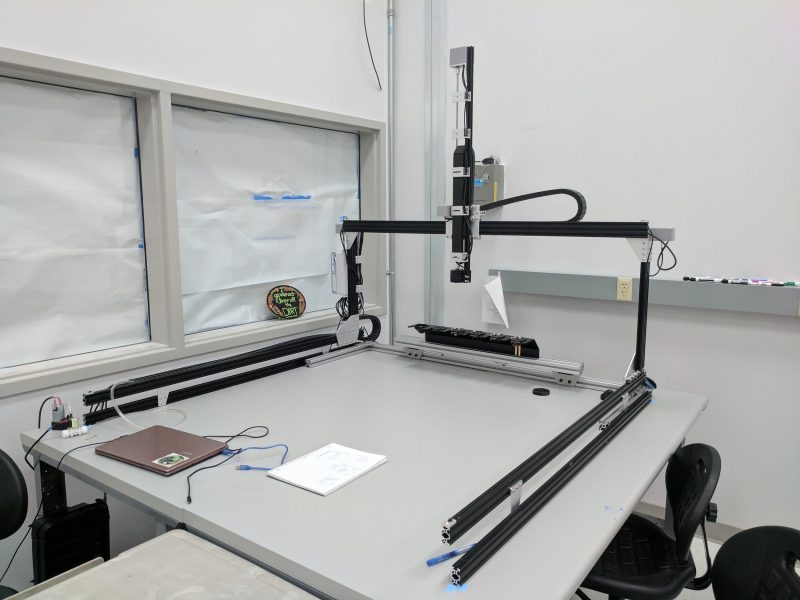
FarmBot Express kits are the cheaper and easier to use models, according to the company.

The kits come 95% assembled, and must be mounted in a planter bed with soil.
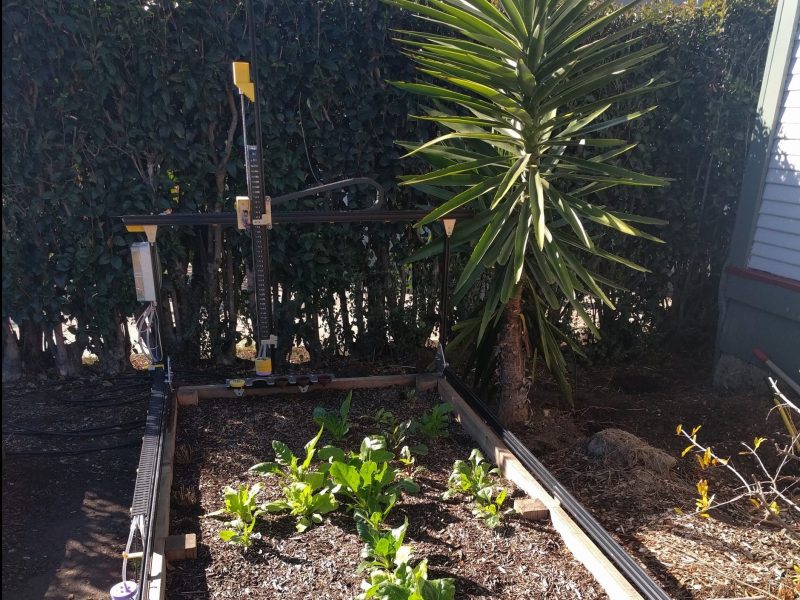
The smallest FarmBot Express comes in a 40 pound box, and covers an area of about 32 square feet.
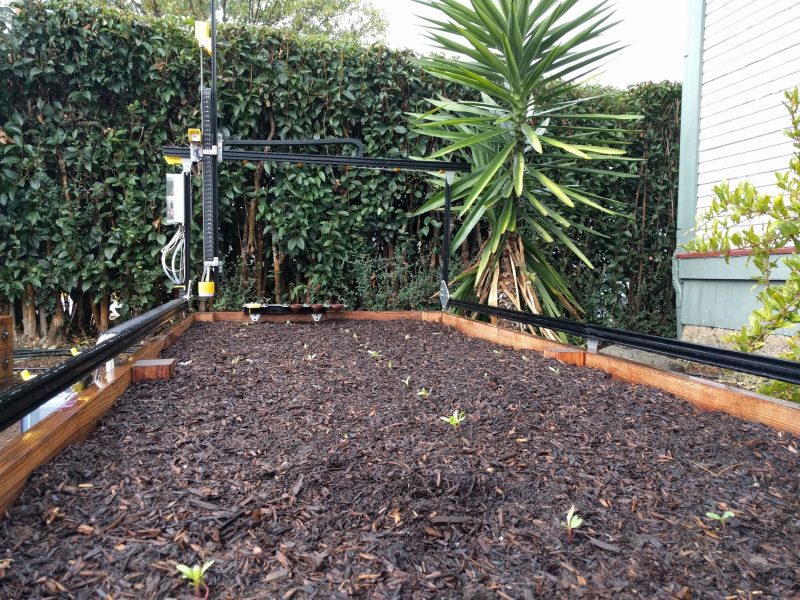
On the more affordable FarmBots, a 3-in-1 tool head combines watering, seeding, and weed suppression.
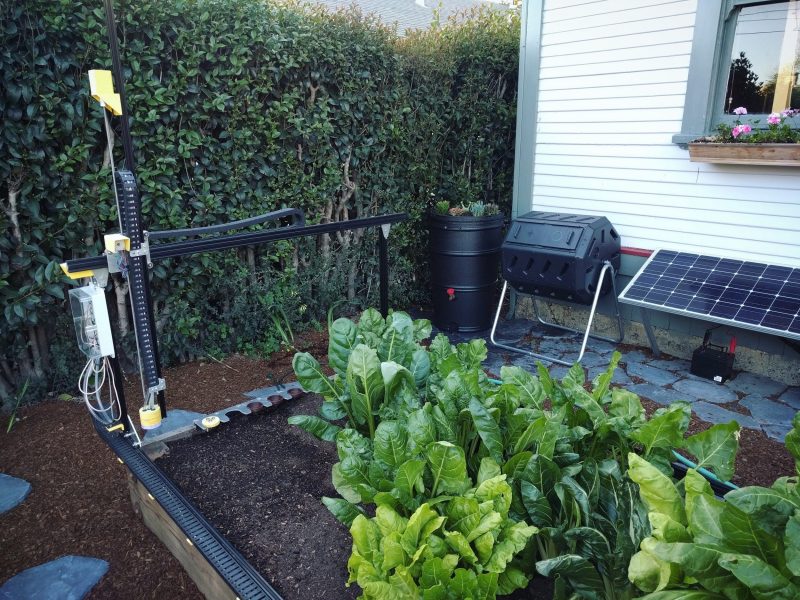
The FarmBot Genesis line is more advanced, and more expensive.
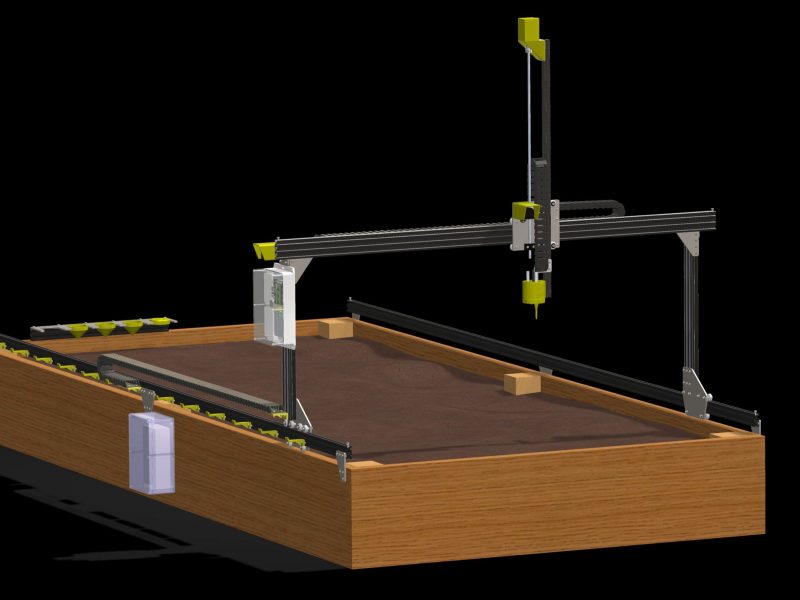
With more advanced hardware, they come with several interchangeable pieces used for the plants.

The seed injector is powered by a vacuum pump and plants properly spaced seeds with accuracy down to the millimeter.
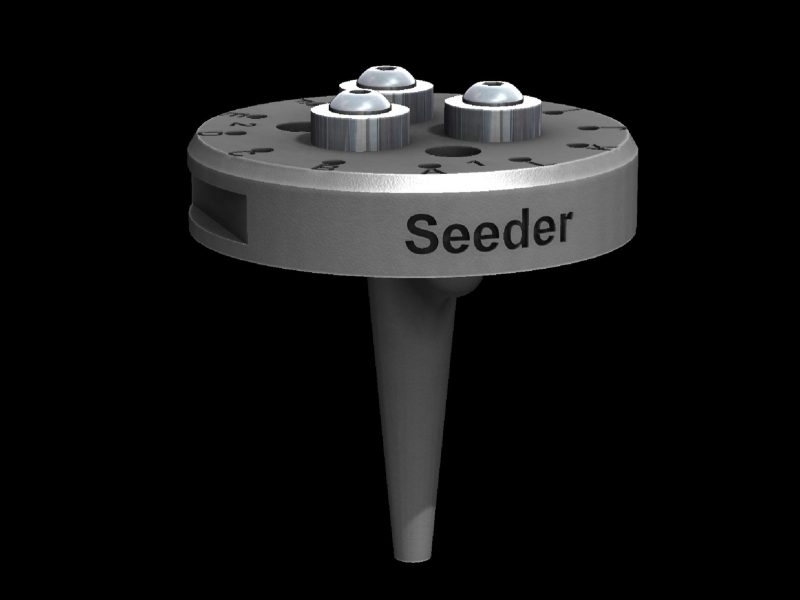
The soil sensor measures the moisture content of each plant's location, which then informs how the plants are watered.
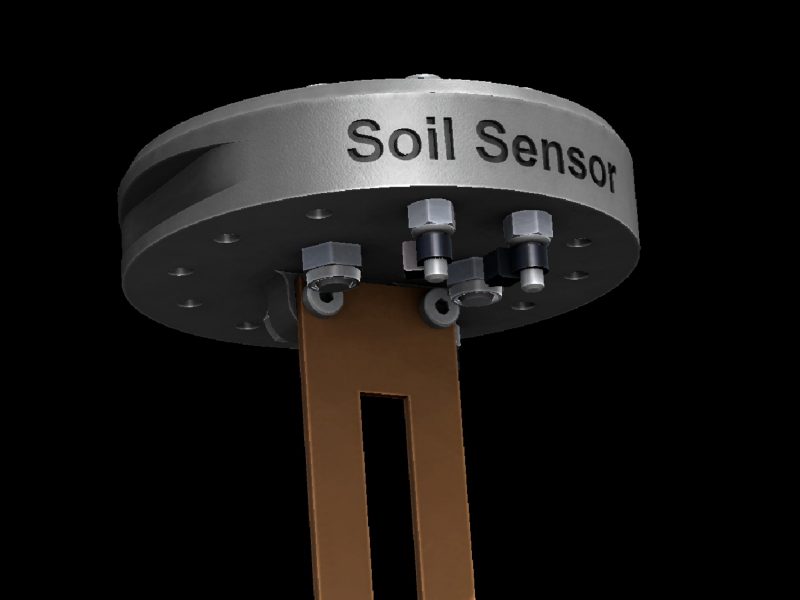
It also measures temperature, which can tell the farmer if a plant failed to germinate.
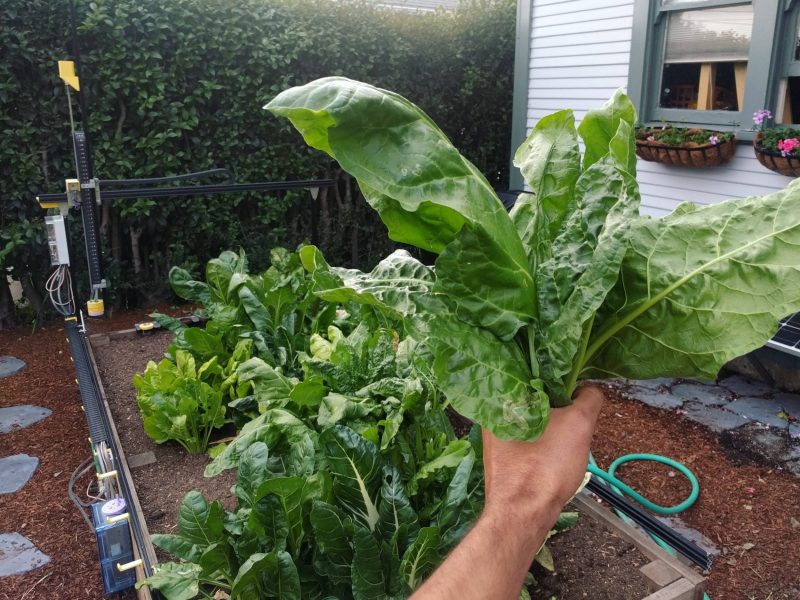
The watering nozzle precisely waters plants. Owners can also create custom water patterns by 3D printing an attachable piece.

The weeding tool comes with blades and spikes to take out weeds before they become a problem for the garden.

A waterproof camera takes photos of plants to monitor progress and detect weeds.

Eventually, the camera might also be advanced enough to detect pests and produce ripeness.
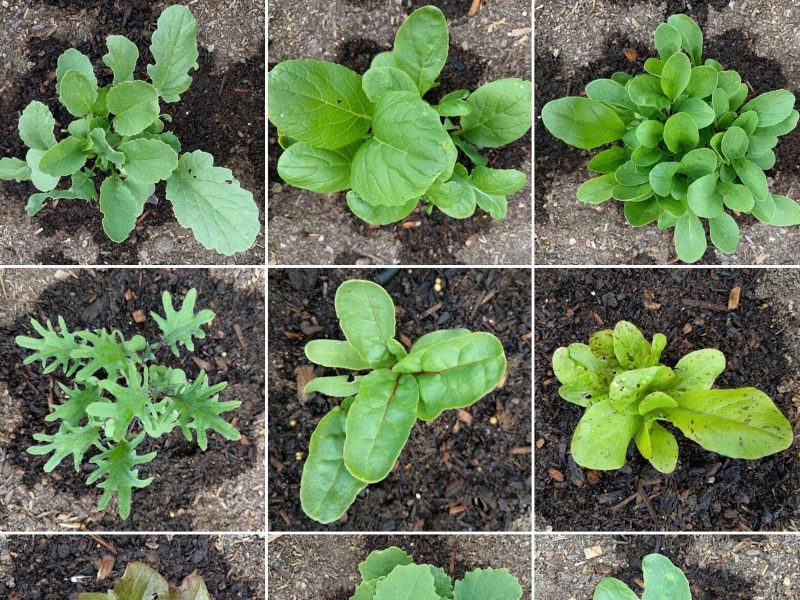
All of these attachments work by sliding back and forth over the garden on tracks, which they're attached too.
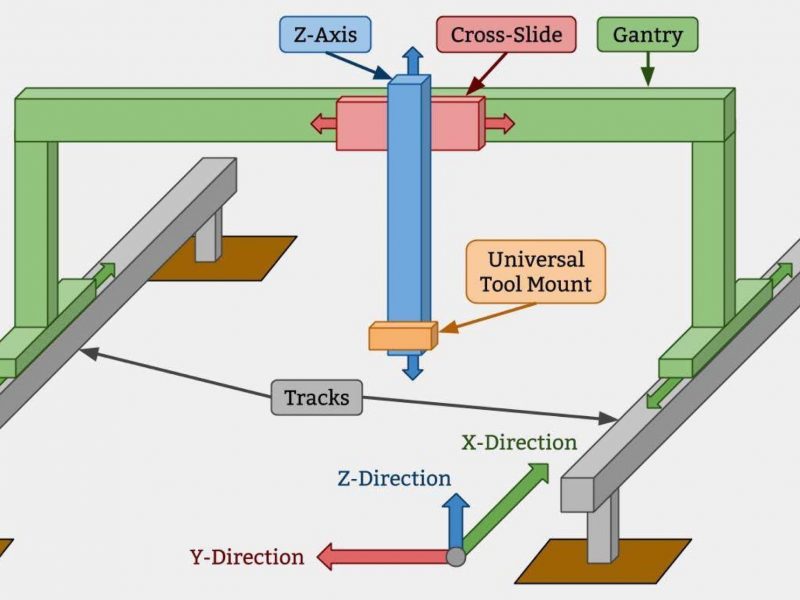
Then, owners can control their farm from a computer or phone using FarmBot's web app.
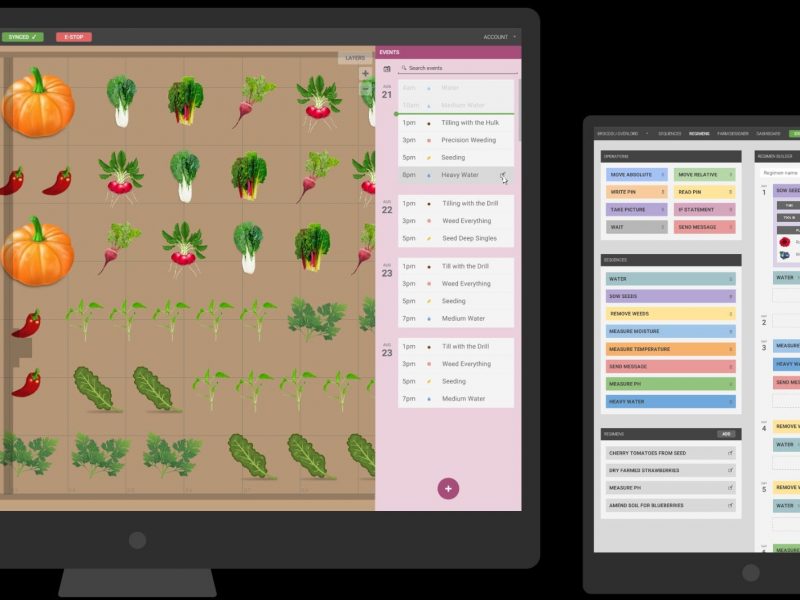
Set up the the FarmBot garden to match the real garden outside.
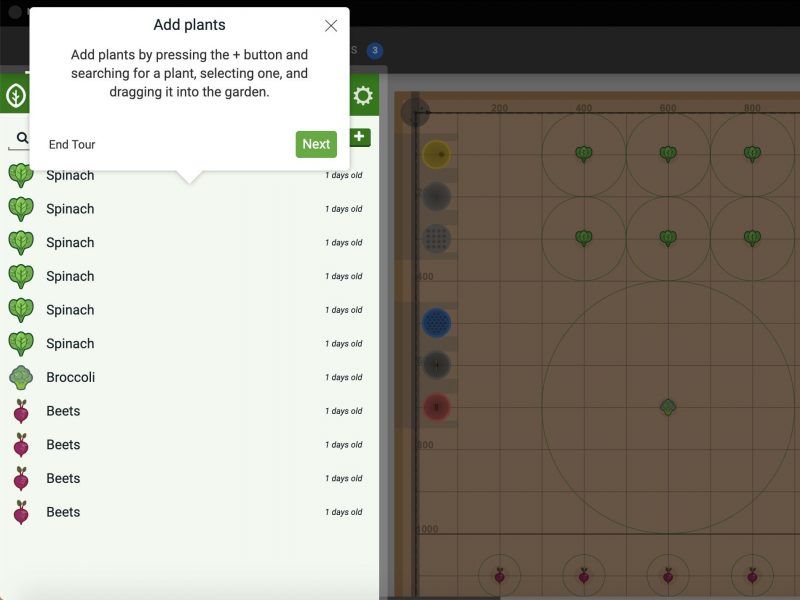
All the different tools and settings are also added.

See and control the garden almost like a video game, "Stardew Valley" style.
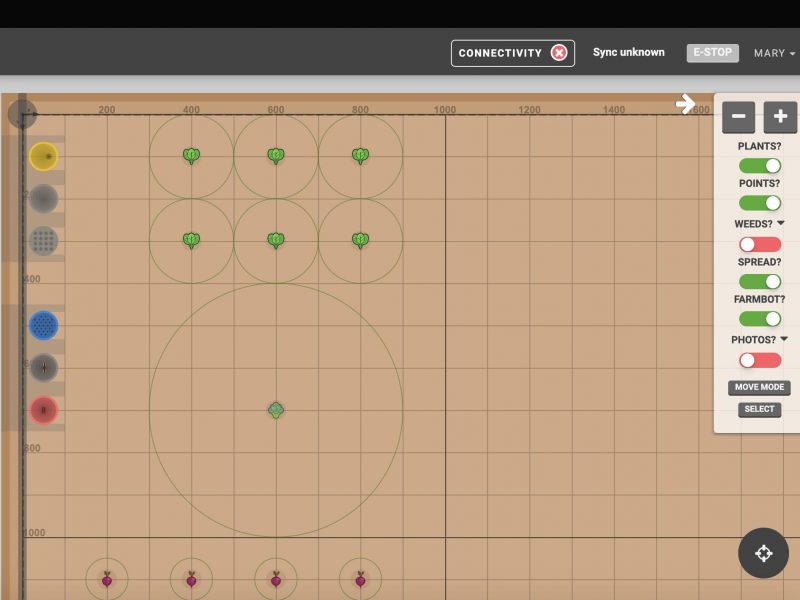
The view from above should be the same between the app and the actual plants, making it easy to control digitally.
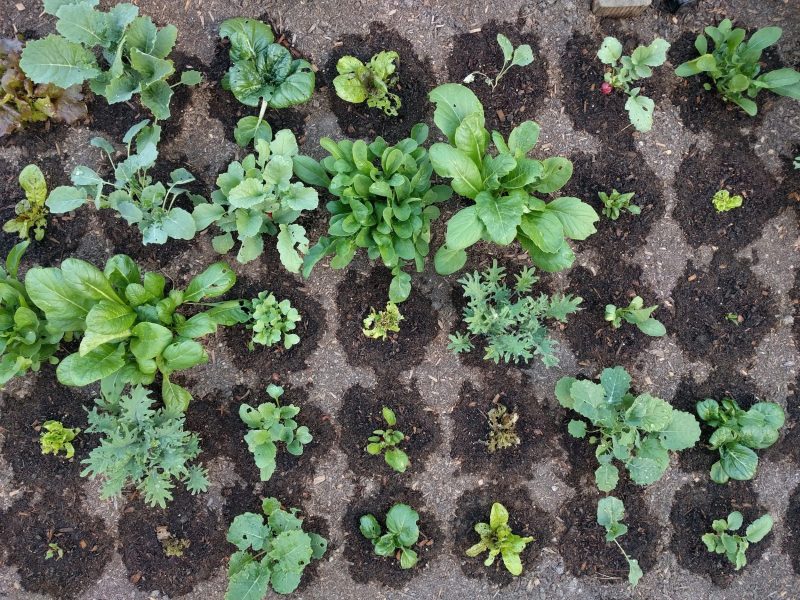
FarmBot is powered by electricity and comes with an extension cord that must be plugged into an outlet.
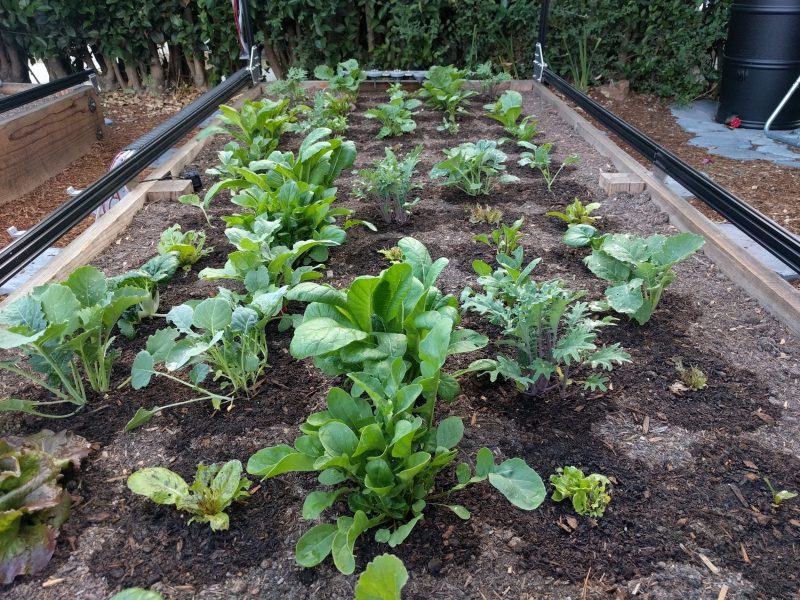
FarmBot emits about 30% less CO2 than standard methods of growing vegetables, according to the company's estimates based on average electricity emissions.
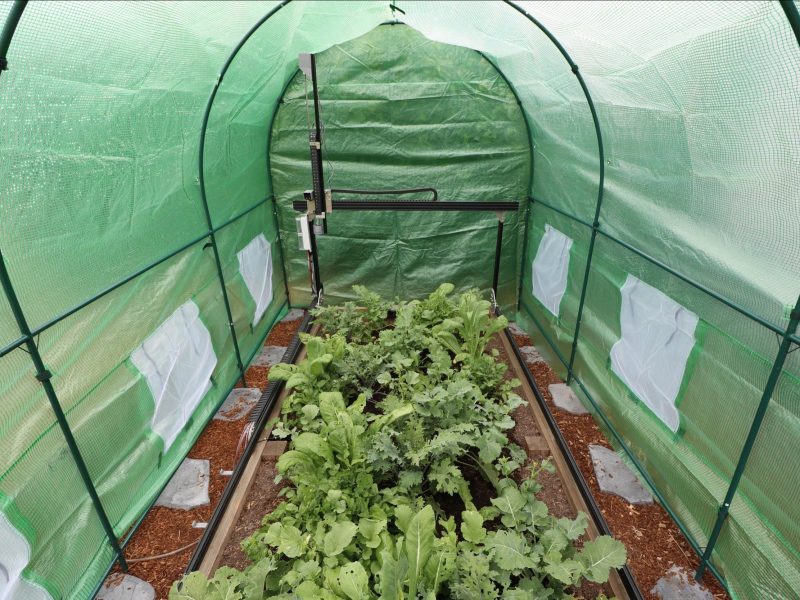
Source: FarmBot
The company also estimates it costs about $16 in electricity per year to run FarmBot.

With the right equipment, it's possible to power FarmBot through solar power.
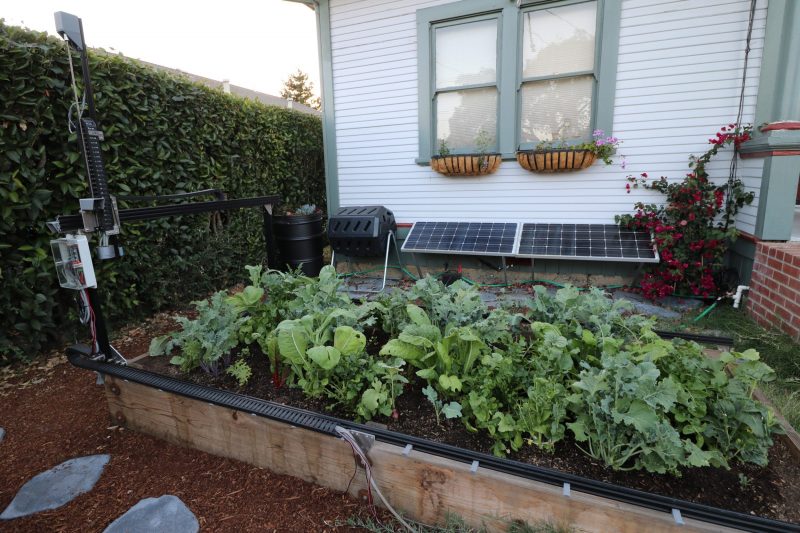
In fact, FarmBot is made to be tinkered with and modified, and the company encourages it.

For places that get cold enough to end the growing season for part of the year, FarmBot recommends an inexpensive greenhouse setup.
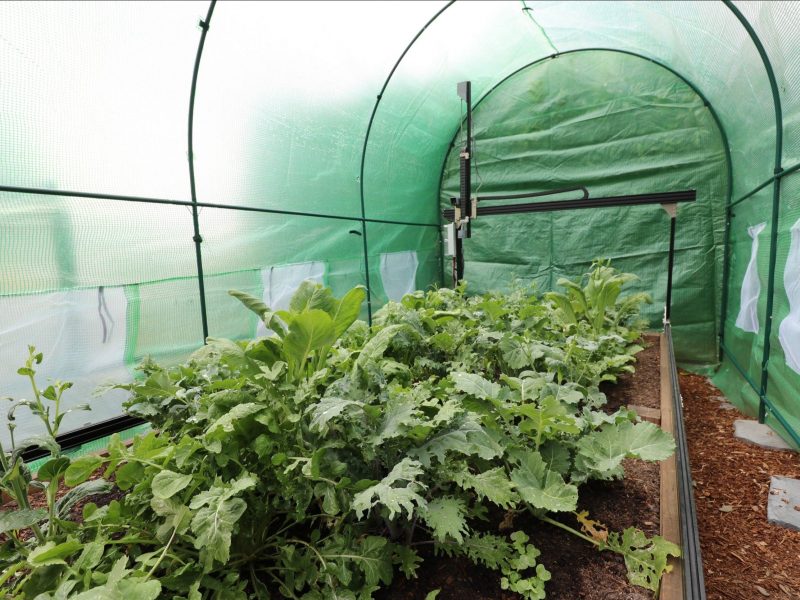
Each of the more advanced Genesis kits are intentionally made as DIY platforms.
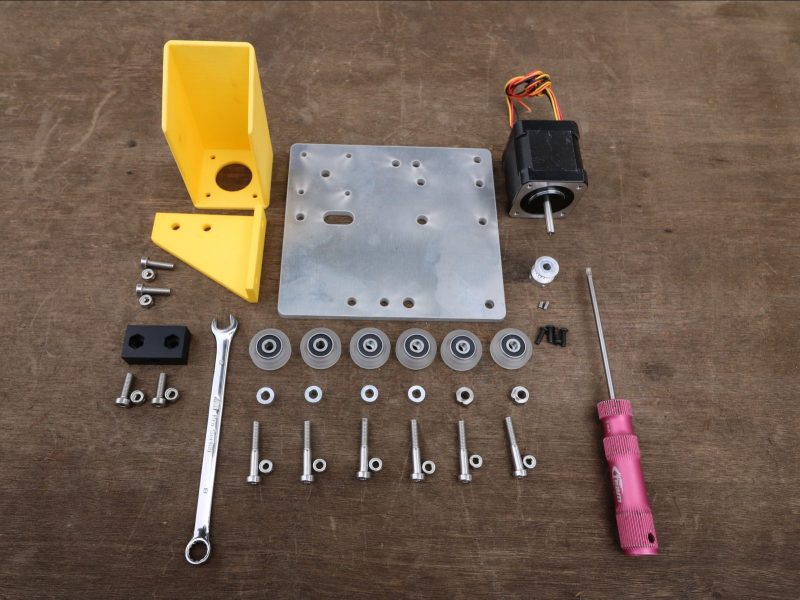
Owners are encouraged to modify their tools using original 3D printing designs or get ideas through the FarmBot forums.
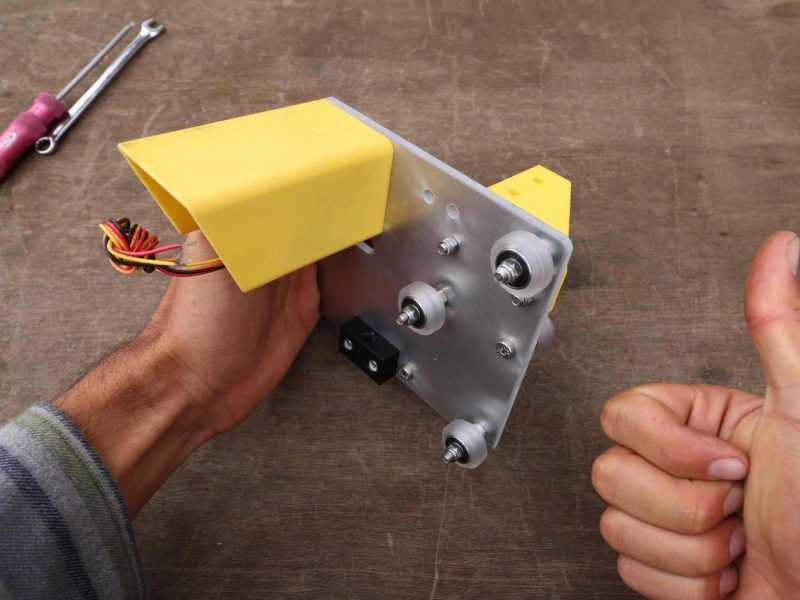
All FarmBot designs are also completely open-source, so anyone can look at CAD models or code to change them for a custom garden.
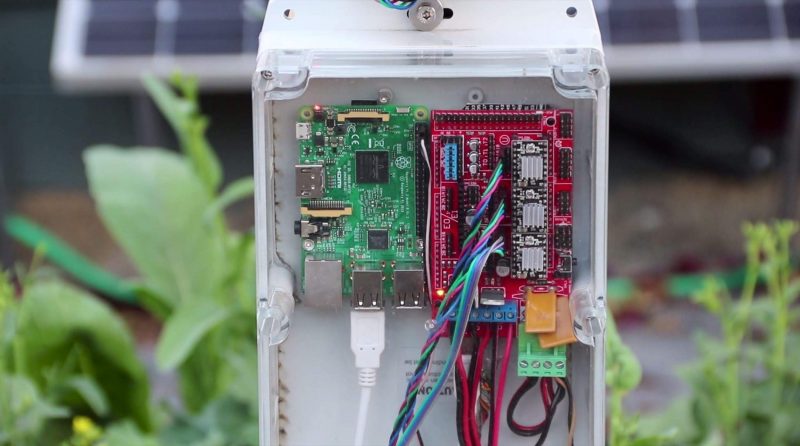
They run on Raspberry Pis, small computers often used to teach coding.
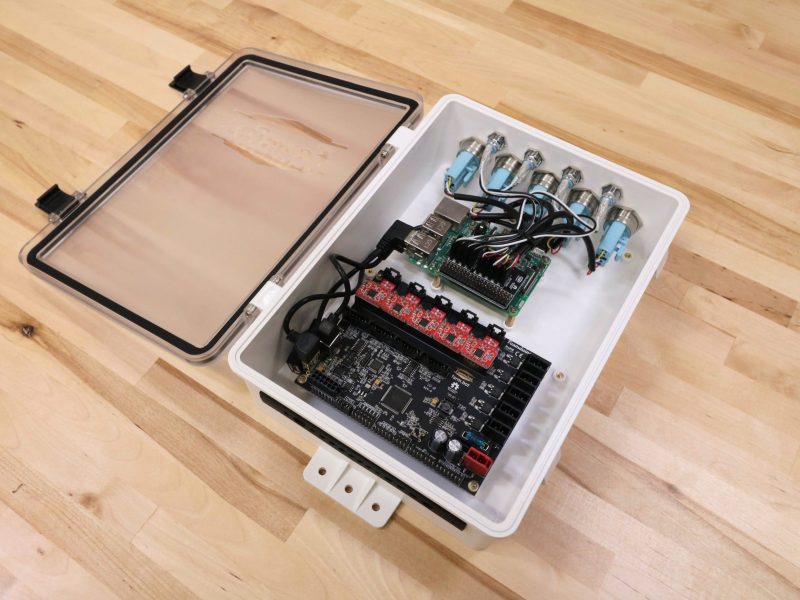
For water, like electricity, the FarmBot needs a hookup to a house or other building with utilities.
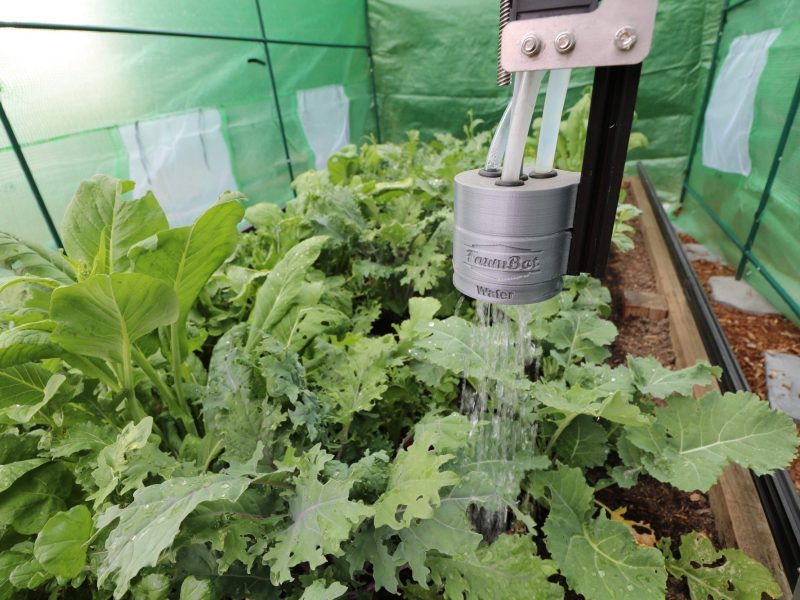
Of course, WiFi is also crucial so the farmer can control all the tools and read the sensors.
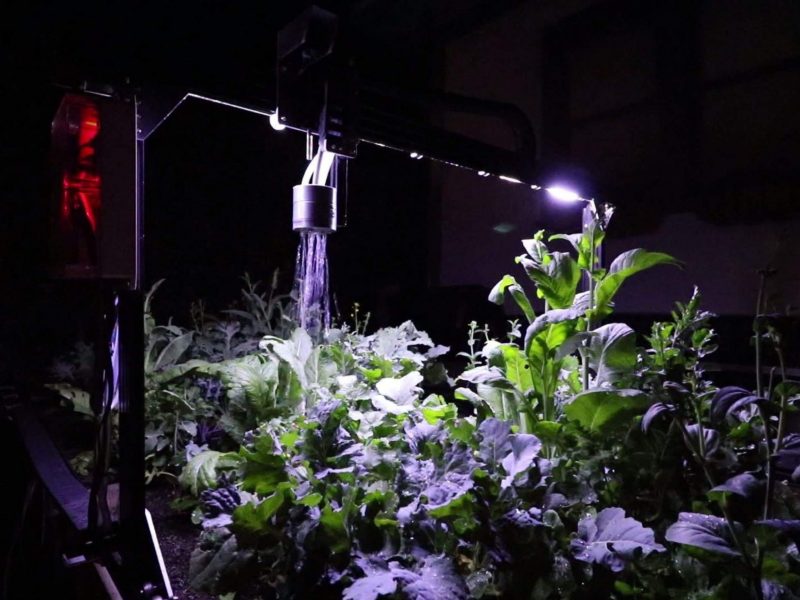
Yield depends on climate and other conditions, but FarmBot says that the XL models can produce enough fruits and vegetables for a family of four or five every day.

The FarmBot Express version one is the most affordable model, selling for $1,495 and shipping every two weeks.
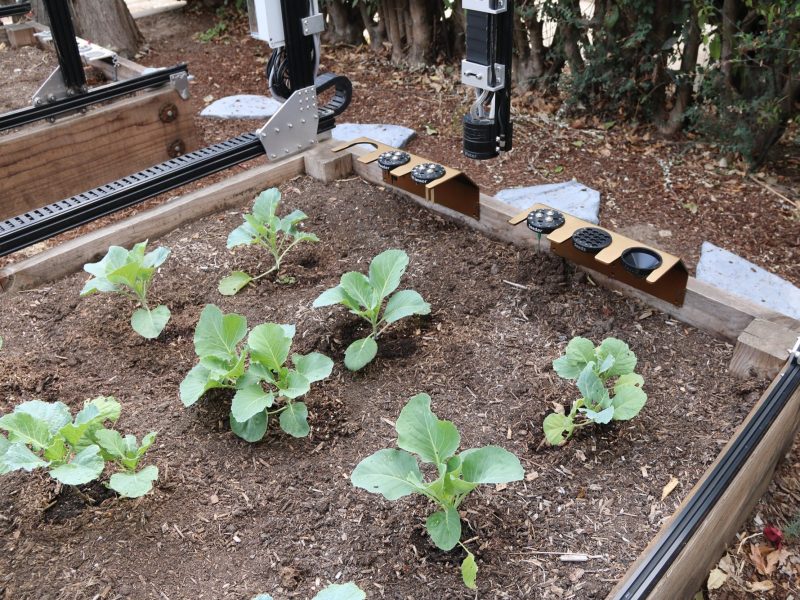
More expensive FarmBot Genesis models are available for preorder in late 2020, selling for up to $5,495.
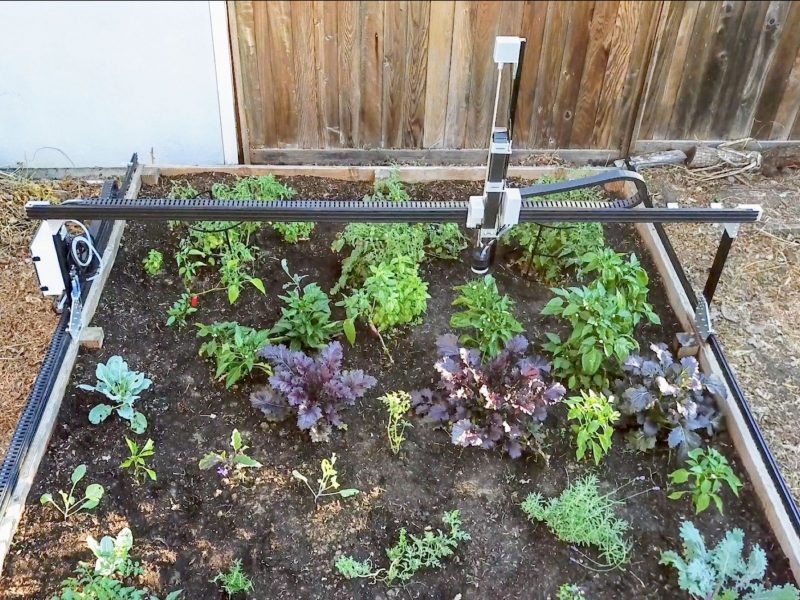
They all ship free in the US.


